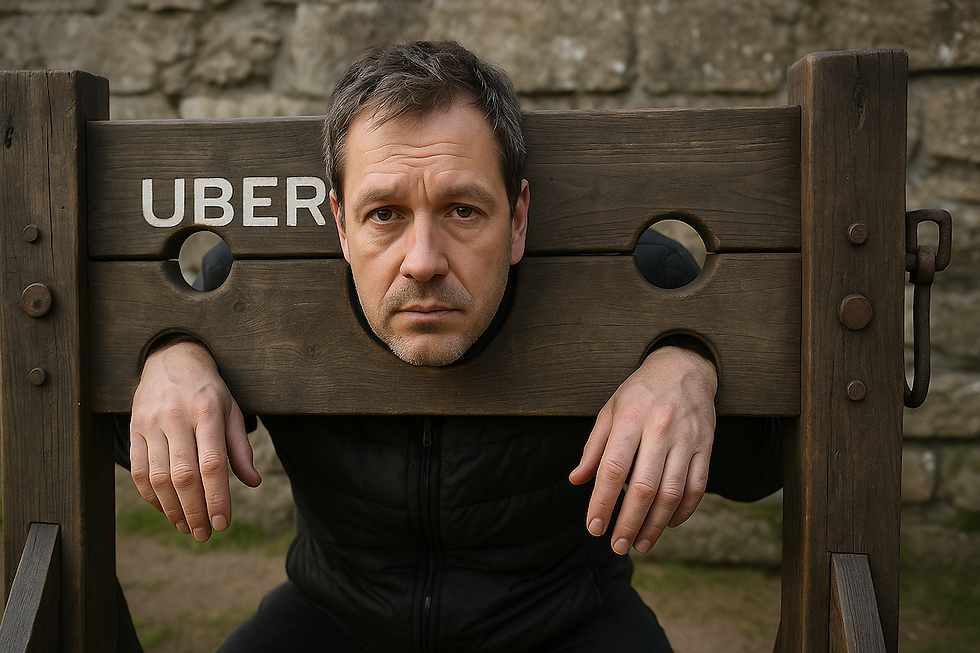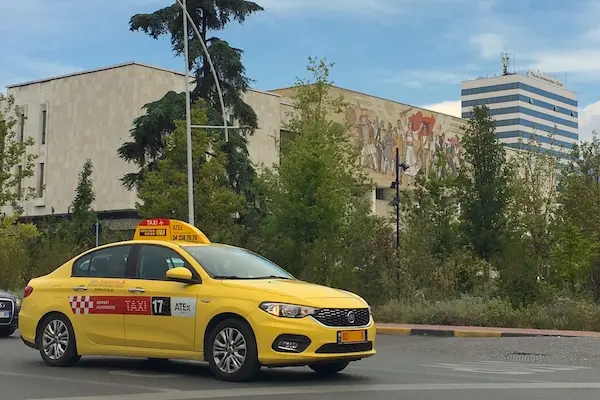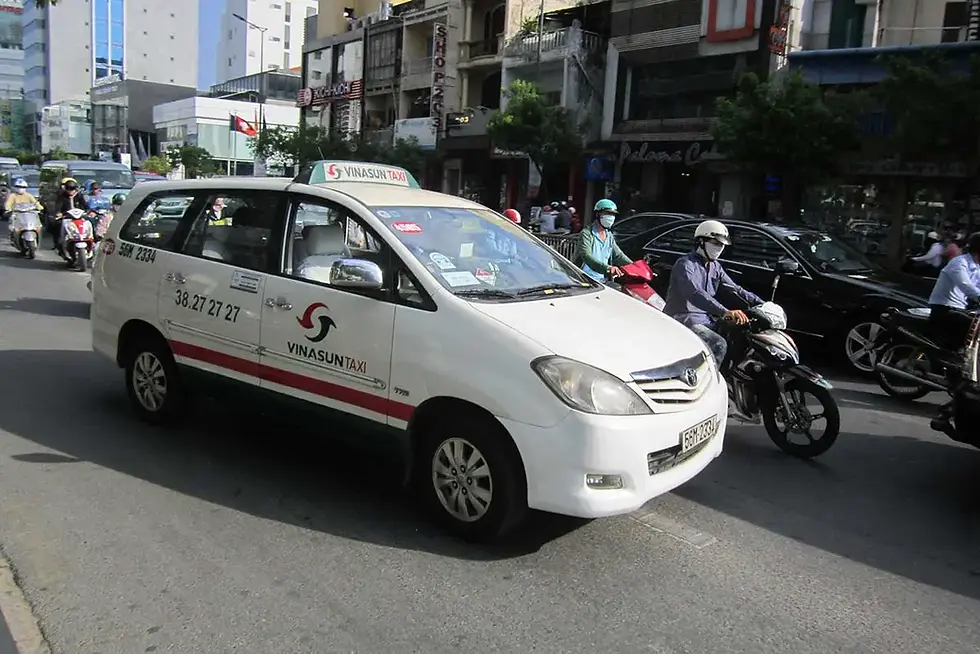What working with the app looks like from a driver's perspective. The pros and cons of working in passenger transport.
- Damian Brzeski

- Aug 17
- 3 min read
Uber and Bolt ads make it look simple: open the app, pick up a ride, transport a passenger, and earn money. Flexible hours, no boss to hang around, and a "guaranteed" income.
But as numerous driver testimonials published on naaplikacji.pl suggest , everyday life isn't so perfect. Between promises and reality, there are plenty of disappointments.

Commissions that eat up half the rate
One of the most frequently cited criticisms is the commission rate . An analysis of settlements showed that an Uber driver receives just 57.4% of a 100 PLN ride. The rest is the platform's commission and so-called "promotional discounts" financed directly from the driver's salary.
Driver Piotr described a 20-kilometer ride for which the passenger paid PLN 61. After commission and taxes, he was left with about PLN 31 – and from that he still had to deduct fuel, insurance, and vehicle operating costs.
This is no exception. Articles emphasized that the driver's actual share of the trip's price is often less than 60% , and with rising fuel and vehicle maintenance costs, the profitability threshold is quickly disappearing.
Time and kilometers for free
Getting to the passenger? It's entirely at the driver's expense. Often, it's just a few kilometers stuck in traffic that don't generate any revenue. If a detour appears on the route, you're also responsible for the additional kilometers.
Even if a customer doesn't show up (a "no-show"), compensation is usually a few zlotys – about 3.50 zlotys for Uber after 7 minutes, and about 6.90 zlotys for Bolt after 5 minutes. This doesn't cover either the travel time or the cost of the journey.
In smaller towns, the situation is even more difficult – as described on naaplikacji.pl , drivers can wait for hours for an order, and the commissions and rates remain the same as in large cities.
Algorithm as the boss
Drivers emphasize that, in practice, the algorithm determines how much you earn and what fares you receive . Refusing to accept a job lowers your "acceptance rate"—a low rate can mean blocking or limiting access to jobs.
There's also a phenomenon some call "algorithmic mobbing" —if you accept low-paying rides, the system starts sending you more. Meanwhile, drivers who reject unprofitable rides often receive fewer assignments or are logged out of the app.
Added to this is the constant bombardment of notifications , which forces us to react even while driving. Many drivers work 12–14 hours a day in this way, leading to fatigue and health problems.
Risk of losing your job in one day
On naaplikacji.pl, there have been reports of drivers being banned after a single passenger complaint—often without any fact-checking. Accusations of discrimination or rude behavior were enough to result in the account being suspended.
Appeal? Most often, the response is automated, often in English, with no real opportunity for defense. Drivers emphasize that in such a system, a false report is enough to lose their livelihood .
Costs that remain with the driver
Fuel, leasing, maintenance, insurance – you pay for it all yourself. Reports have suggested that after subtracting these costs, the net profit can be less than the minimum wage.
The situation is made worse by the fact that promotions and bonuses for passengers are financed from the driver's pocket - in the settlements there appear items "customer promotion" deducted from his salary.
Safety is not just about driving
Drivers also describe other problems: aggression from traditional taxi drivers (puncturing tires, threats, damaging property), lack of social protection, lack of paid leave, and the risk of ITD or police inspections, which may result in high fines.
Are there any bright spots?
Yes – many drivers appreciate the opportunity to work flexible hours and meet new people and places. For some, it's a good option as a side job.
However, as the examples from naaplikacji.pl show, in order to make it your main source of income, you have to take into account high risk, unstable earnings and conditions dictated by the algorithm.
In short , working in passenger transport via apps has its perks, but a driver's daily life rarely looks like the advertisements. Commissions, unpaid portions of the work, algorithmic pressure, and the risk of losing one's account mean that the good times can quickly give way to the bad.
































































Comments